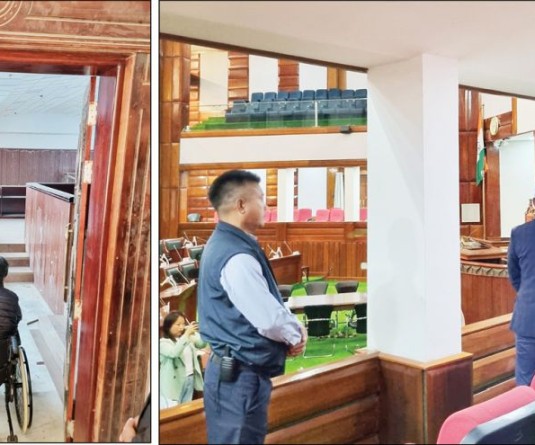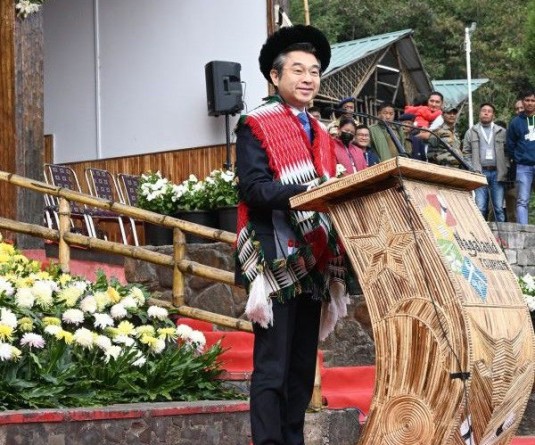
3rd Indian Himalayan Youth Summit to be held virtually on December 8-9
Morung Express News
Kohima | November 21
The 3rd Indian Himalayan Youth Summit #MountainYouthsMatter will be held virtually on December 8 and 9. Facilitated by the Integrated Mountain Initiative (IMI) and Sustainable Development Forum Uttaranchal, the summit will witness the participation of youth from all the 10 states, Union territory of Ladakh, Kashmir and the two hill districts of West Bengal that constitute the IHR.
While participating youth from each member state will self-organise and collate ideas which will be filtered into 4-5 broad themes, the cross-cutting theme for the Summit is 'Post COVID-19 scenario – Challenges and Opportunities'.
Upholding the core underlying belief of sustainable development that 'future generations have as much of a claim over the earth and its resources as present generations do', the Summit asserts that youth must have an important voice in how development and policy planning takes place.
This year's summit, according to IMI, Vice President, Amba Jamir, will focus completely on facilitating dialogues rather than on having expert speakers. The online summit will be delivered in a workshop mode through a series of plenary sessions, panel discussions, and break-away groups. The summit also introduces a special input session on Mindfulness to be conducted by IMI institutional member, LEAD (Leadership for Environment and Development) India.
The first Indian Himalayan Youth Summit was held in 2013 in Kohima which saw the convergence of youth from the mountain states engaging with and dialoguing on issues of sustainable development. According to Jamir, the inputs from the summit were incorporated into the proceedings of the Sustainable Mountain Development Summit and also used to advocate for sustainable mountain development policies.
While stating the inability of a direct intervention into each State, given the vast interests and challenges of mountain states with its own local specificities, Jamir notes that Summit events has been designed as enablers for mountain states where each state and participant has benefitted in their own ways. “The importance and power of networking is often under-rated and ignored. The ability to engage with the global or regional collective is an empowering tool as it facilitates collaborative thinking, consensus building and coordinated actions,” states Amba Jamir.
Naga youth have been able to engage with other Himalayan states in activities like The Himalayan Clean-Up, where they have also managed to instill public consciousness on issues of waste management, particularly single use plastics. “Community groups from Nagaland have not just engaged in such activities but also brought laurels to the state by winning the commendations and prizes,” says Amba Jamir.
For Nagaland, what young Nagas can look to forward is to make use of the 'neutral space provided by the IMI to make their voices heard and to engage in healthy dialogues with peers from other mountain states'. “It is a learning process but learning does not always come from hearing someone talking to you from the podium. It comes from engagements and experiences,” says Jamir.
The silver lining this year, as Amba Jamir adds is that the chief guests coming to listen to the recommendations are Amitabh Kant, CEO, Niti Aayog and Sanjeev Sanyan, the Principal Economic Advisor to the Government of India.
The 3rd Himalayan Youth Summit is expected to:
• Develop a shared understanding of sustainable development from the perspective of youth in the Himalayas.
• Identify and deliberate upon the specific challenges and aspirations – especially in the post-COVID19 scenario – of youth from mountain states.
• Collectively formulate recommendations and ways forward for the development of the Indian Himalayan region.
• The outputs will feed into IMI’s Sustainable Mountain Development Summit




